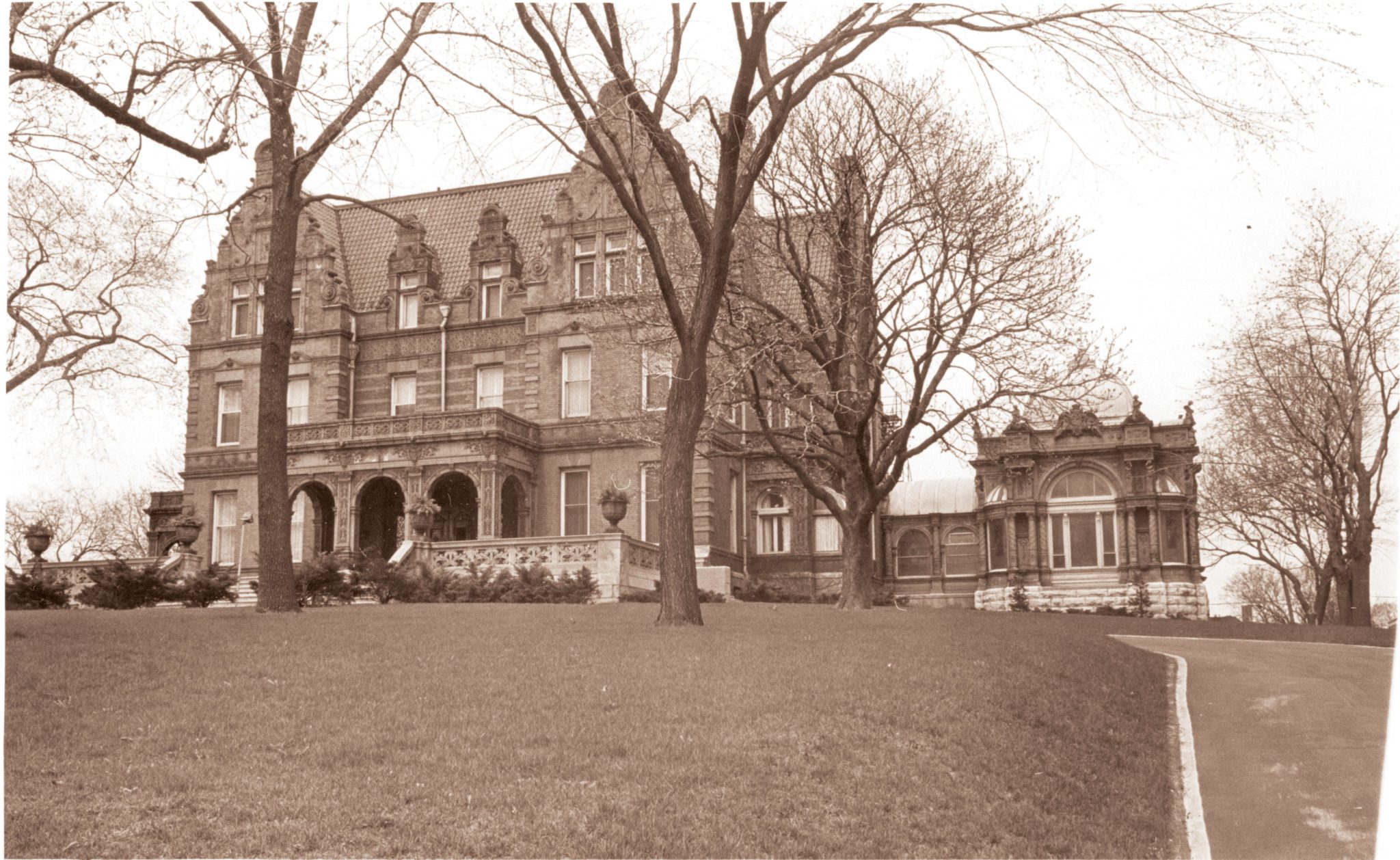
COLLEEN JURKIEWICZ
CATHOLIC HERALD STAFF
Most Milwaukeeans are familiar with the Pabst Mansion on Wisconsin Avenue as the historic home of beer baron Capt. Frederick Pabst.
But not everyone is aware that the Archbishops of Milwaukee actually made the stunning Flemish Renaissance Revival-style mansion their home for longer than the Pabst family did.
It was in 1908, almost 20 years after the building’s construction, when the archdiocese purchased the home at 2000 W. Wisconsin Ave. from Gustave Pabst and Fred Pabst, Jr. following the death of their mother Maria in 1906. The first archbishop to live there was Sebastian Messmer, who was keen to centralize the headquarters of the archdiocese. He established the chancery offices in the stable and carriage houses.
Previously, the archbishop had lived at the Lynde Mansion on 22nd and Juneau, known at the time as Chestnut Street. After he vacated the property, it was sold to the Sisters of Misericordia, who used it as a hospital.
The archdiocese set about making the stately, three-floor home its own, converting the pavilion — once displayed at the 1893 World’s Fair and later used by the Pabst family as a conservatory — into a chapel of the Virgin Mary and installing stained-glass windows in place of doors and windows, modernizing some elements of the kitchen and bathrooms, but ultimately leaving the property close to its original state. The housekeeping was done by Franciscan sisters who also lived on-site.
Four of Archbishop Messmer’s successors would go on to utilize the mansion as a home: Samuel Cardinal Stritch, Moses Kiley, Albert Cardinal Meyer and William Cousins. It was said that Archbishop Cousins did not enjoy the considerable age and vastness of the 20,000-square-foot mansion. He painted many of the walls white and installed carpeting in most of the rooms, and later relocated the archdiocesan administrative offices to a vacant school building on North 95th Street in 1970. Concerned about the cost of the mansion’s upkeep, Archbishop Cousins sold the property in 1974 and moved to Brookfield.
This was a point of serious controversy in the history of Milwaukee’s architectural and cultural preservation. Rumors flew about who would purchase the property, which at the time was bordered by a Coach Inn Motel, WISN Radio and TV stations, the Bockl Building and a parking lot. A citizens group named Wisconsin Heritages was formed with the intention of purchasing the mansion and preserving its architectural significance. Ultimately, it was sold to real estate developer Nathan Rakita, who owned a nearby hotel, for $235,000, according to news reports at the time.
“Perhaps it is presumptuous to expect the Milwaukee Archdiocese to behave differently from any prudent business, but it might have been better — and certainly less controversial — to have awaited a better offer from the group trying to save this magnificent old home as a museum,” read one opinion piece published in December 1975.
Rakita agreed to give Wisconsin Heritages an option to lease the mansion, but sold it in June 1977 to a Milwaukee businessman, John Conlan, who told the Milwaukee Journal at the time that he originally planned to dismantle the mansion and reassemble it on another site, then decided to use it for his corporate headquarters.
The mansion’s future seemed bleak, but in 1978 Conlan provided Wisconsin Heritages with an option to buy the mansion. Thanks to a grant from the U.S. Department of Interior and last-minute financing from the Savings and Loan Council of Milwaukee County, the group was able to buy the property from Conlan and opened the house for public tours. Today, Wisconsin Heritages has become Captain Frederick Pabst Mansion, Inc. and annually welcomes thousands of visitors to the home, which has been painstakingly restored as a living example of life during Milwaukee’s Gilded Age.
